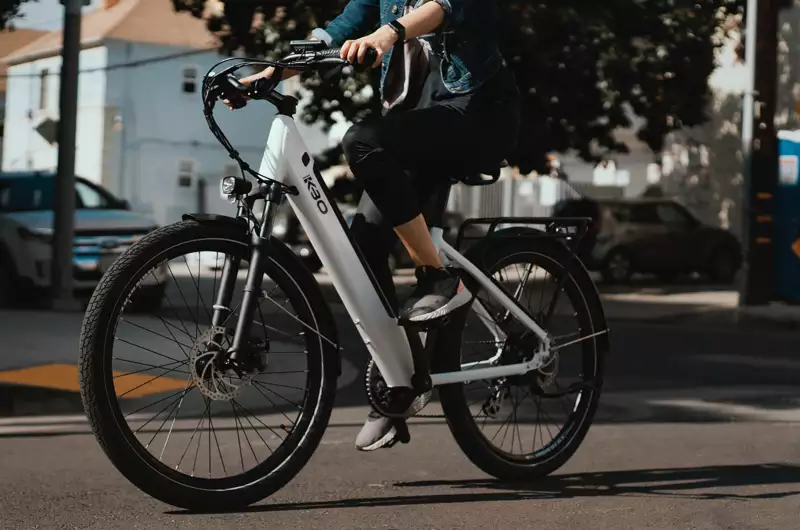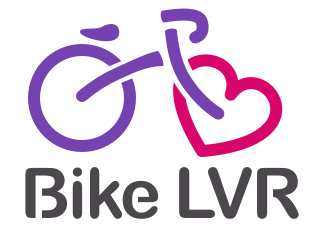
With its pedal-assist feature, riding an eBike (electric bike) for the first time feels as if you’ve just discovered a superpower. eBikes are a convenient technological advancement, providing more than just a mode of transport. Whether you need to carry your groceries or your kids, these bicycles present an effortless solution. Need to avoid sweat? No problem. These bikes will silently glide you to your destination with ease. And when you need the power to conquer long or hilly rides, an eBike has got you covered..
If you’re wondering about the differences between eBike types and the laws surrounding them, or are unsure about how to select the perfect eBike that meets your needs without violating any laws, we’ve got you covered.
What are eBike Classes?
There are several variables to consider in determining an eBike’s class, including the presence of a throttle, maximum speed, and type of motor. These factors can categorize an eBike as a first, second, or third class eBike. If you’re a non-techy person looking to purchase the right eBike, it’s important to understand that your state law governs what you can ride and where you can ride it.
In general, there are three classes of e-bikes:
- Class 1: Pedal-assist only, with no throttle, and a maximum assisted speed of 20 mph.
- Class 2: Throttle-assisted up to 20 mph, and pedal-assist up to 20 mph.
- Class 3: Pedal-assist only, with no throttle, and a maximum assisted speed of 28 mph.
What class do I need?
Here’s a breakdown of each eBike class:
Easier Class 1 eBikes
A Class 1 eBike is the first type of electric bicycle that can be used on bike paths and public roads. To use the motor of a class 1 eBike, you have to pedal it, similar to how you use a traditional bicycle. As you start pedaling, the motor will kick in to provide support, making it less tiresome than traditional bicycles. However, when you go over 20mph, the motor will stop working, as a safety feature.
If you’re looking for an easier ride when riding longer distances, commuting, or uphill, but want a conventional ride, then go for class 1 eBikes. If you’re a new rider, both in biking and the world of eBikes, it’s best to choose eBikes that fall under this class, too. If you’re tight on budget, class 1 eBikes often are your best choice, as they’re the most affordable among the three classes.
Dual-mode Class 2 eBikes
Class 2 eBikes have a motor that’s operated by a throttle, which is a feature that can either be in a grip-twist or button form. Depending on the type of throttle, you simply have to hold it down or press it so the bike will move. This means pedaling isn’t need to start or ride Class 2 bikes.
Class 2 eBikes have a pedal-assist feature similar to class 1 eBikes, and the pedal-assist feature will stop functioning once you reach 20 mph. So, with class 2 eBikes, you can ride your bicycle in pedal-assist or throttle-powered mode.
We are big fans of Class 2 eBikes as they can be operated in two modes, throttle for safely navigating traffic on our commute but then pedal-assist for the longer stretches to get our cardio work out in. Also, if you love simply cruising without worrying about building up a sweat, class 2 eBikes are a great choice to keep you cool. However, class 2 eBikes tend to be more expensive than class 1 electric bikes. For most riders, they’re going to be a worthwhile investment, since you can save money on parking and gas, making it perfect for commuters and longer weekend rides.
Faster Class 3 eBikes
With speeds reaching 28mph, electric bicycles that are under these classes are considered the fastest “legal” eBikes available in the market. Since the law still labels class 3 e-Bikes as bicycles, you don’t need a license plate or driver’s license to use them. However, as they’re the fastest types of eBikes on the road, gloves and a bike helmet are a must.
Similar to class 1 eBikes, class 3 is also available in pedal-assist mode only. But unlike class 1, the assistance will stop at 28 mph, not 20 mph. Hence, class 3 eBikes are ideal for those who want to keep up or beat the flow of traffic or have that need for speed during the ride.
State Laws on eBikes
Electric bikes, defined by the federal government, must have pedals and be fully dependent on the motor up to 20 mph. The motor, in return, can have a maximum size of 750 watts.
The broadness of the federal definition of eBikes allows manufacturers to interpret it in many ways and still remain compliant. Plus, the federal definition of electric bikes has given each state a lot of room to incorporate its own legal framework concerning these modes of transportation. Thus, if you’re concerned if you’ll get in trouble when you’re using an eBike on public roads or bike paths, make sure to know your state’s law around it.

eBike Pricing
Now that you know the different classes of eBikes and are certain that you won’t break the law when purchasing one, the next consideration is what can you afford? Typically, the higher the class an eBike belongs to, the more expensive it’ll be. However, even if it can influence the bike’s price, there may be class 1 eBikes that are priced the same or a little close to those that belong to the second class. What eBike’s features and characteristics do you need for your ride?
Don’t pay for more features than you need as e-Bikes get pricey fast. Get a test ride in at your local bike store. Then ask these questions to understand why some eBike prices may not be what they seem:
● What year is your new eBike? Generally, if the current year will be more expensive and you can save money by looking for older versions of the same eBike. I saved a lot buying my Aventon by getting last years model from my local bike shop here in Portsmouth, NH.
● What are the features do you need? Determine the battery size you need. Motor sizes are often overstated between peak power and actual constant output. Assess if the eBike comes with a touchpad or LCD screen. Does it have a rack included or is this extra? Higher-end bikes come in multiple frame sizes, are they all priced the same?
● Is it a pedal-assist and throttle or throttle activated only? It is best to take a test drive at your local bike store to figure out which will work best for your riding style. Check and make sure the grips work well for bumpy or longer rides vs. leather grips that can become slick when you hold them on a warm day’s hill climb.
Takeaway
Choosing the right eBike class can be daunting, time-consuming, and overwhelming. Make sure to try the eBike personally so you can be certain that it’ll be right ride for you. If buying in-person isn’t an option, plenty of online eBike manufacturers or sellers have a guarantee window. This means you’ll have ample time to try an eBike and return it with no or only a little fee if it doesn’t feel like the eBike for you.
